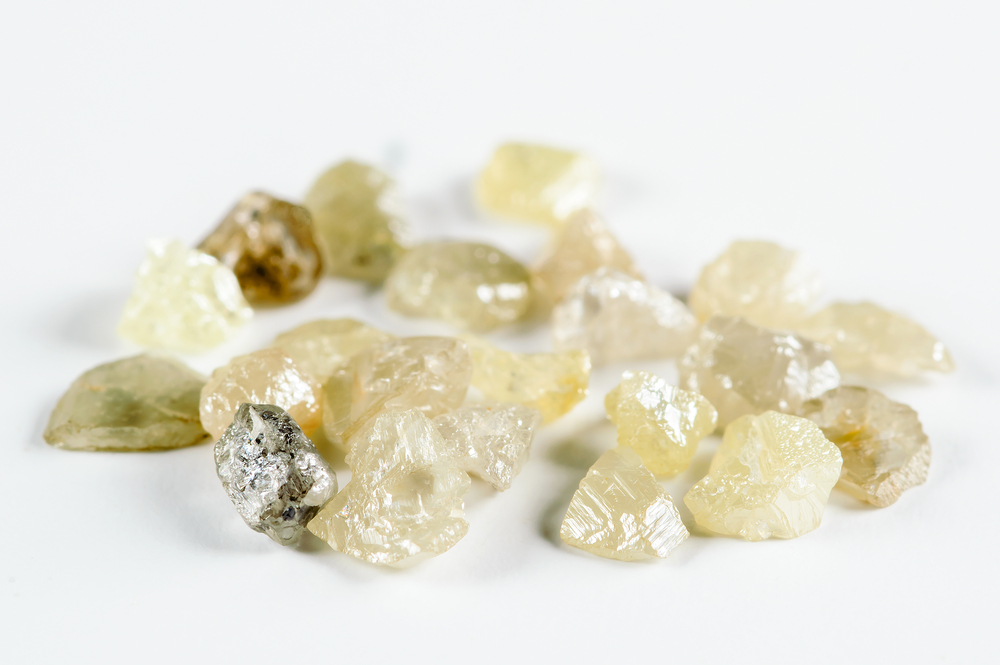
The country, the world’s largest diamond producer, has long campaigned for its diamonds to be processed, sorted, marketed and sold from within its own borders. The auction was conducted by the government-owned Okavango Diamond Company.
Later in the year, diamond giant De Beers, which owns the country's main mining firm with the government, will also move its sales to Botswana’s capital, Gaborone. Last year, the company moved its rough stone sorting operation, which had been based in London for nearly 80 years, to Botswana.




 Tanbreez-Greenland-SPR-Bro-s.pdf
Tanbreez-Greenland-SPR-Bro-s.pdf






